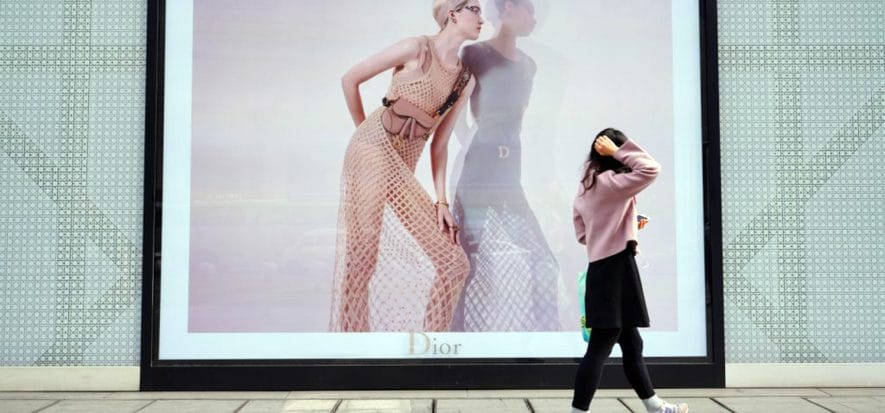They all raise prices in China. Yet, point out analysts, they had better be careful about that: it could be hazardous. Several luxury top brands have been raising prices (of bags especially) in their selling stores based in China. One reason, among others, why they have done it is to line up with the comeback of Chinese buyers to shopping and recover from business loss in the other geographical areas.
Such strategy also aims at meeting one more requirement: brands do not want surplus supply of products, available for sale, to affect and spoil their exclusiveness. Yet, as claimed by financial analysts, raising prices must cope with some clear drawbacks as well.
They all raise prices in China
Last year an Alma BB bag, by Louis Vuitton, was for sale at 9,350 yuan: today its selling price is 10,900 yuan. Prices have not gone up suddenly as they have been increasing progressively. Other luxury fashion brands, such as Chanel, Dior, Gucci and Prada, have been acting likewise. Although, generally, brands have been applying such price increase on a global scale, this strategy proved more effective in China, where consumption of luxury goods is picking up.
“This year Chinese buyers are not going to travel to Japan or France – commented Francesca Di Pasquantonio, equity research managing director at Deutsche Bank, while talking to Vogue Business –. Therefore, they will not put things in comparison. Yet next year they could do it”. According to market analysts, raising prices is just a provisional solution: it would be an error to place too many expectations on it.
Di Pasquantonio herself mentioned, as an example, what has been going on in the luxury watchmaking: in China, since the market was enjoying an ongoing boost, the industry has been continuously implementing an increase in prices from 2010 to 2014. When the boom was over, such strategy clearly showed its shortcomings.
It is not sustainable
Flavio Cereda, luxury goods analyst at Jefferies, “does not consider this price rise policy, in China, to be possibly sustainable beyond 2020”. The financial analyst also stressed the fact that raising prices, three to four times a year, turns out to be “quite aggressive”.
For the records, we can’t exclude the possibility of some more adjustments, “most likely, though, in Europe and in the United States, where brands aim at reducing the price gap between these markets and China”. Zuzanna Pusz, UBS, claimed that not all brands may afford such business strategy. Second-hand market is the real gauge: “If a brand holds a low resale value, it means that it has no pricing power”.
Read also:
- China, the price adjustment is a hypothesis, yet queues are real
- Gucci joins the group of brands increasing their prices











